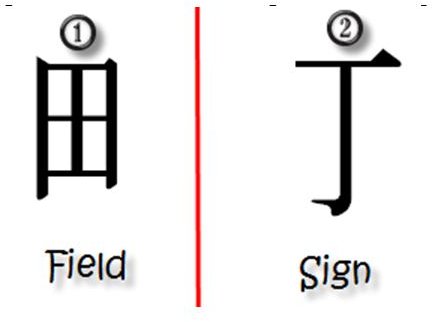If you have the Remembering the Kanji book, these are written out for you: The outside “mouth” (strokes #1, 2, 5) is written separately for you, and the inside “human legs” (strokes #3, 4) are written separately for you. This makes it very easy to understand what these “constituents” are referring to. Dec 11, 2020 This is a deck including all 2200 kanji of the book Remembering the Kanji 1, 6th Edition, by James W. I was going to study this book and thought using Anki with it would be perfect, but lazy as I was, I looked for shared decks.
Remembering the Kanji vol. 1,2,3
Author: James W. Heisig
Publisher: University of Hawaii Press
Date: 1987-2012
Pages: 522, 398, 474
Format: PDF
Size: 26.3MB
Updated to include the 196 new kanji approved by the Japanese government in 2010 as “general-use” kanji, the sixth edition of this popular text aims to provide the student of Japanese with a simple method for correlating the writing and the meaning of Japanese characters in such a way as to make them both easy to remember. It is intended not only for the beginner, but also for the more advanced student looking for some relief from the constant frustration of forgetting how to write the kanji, or for a way to systematise what he or she already knows.
The author begins with writing the kanji because–contrary to first impressions-it is in fact simpler than learning how to the pronounce them. By ordering the kanji according to their component parts or “primitive elements,” and then assigning each of these parts a distinct meaning with its own distinct image, the student is led to harness the powers of “imaginative memory” to learn the various combinations that make up the kanji. In addition, each kanji is given its own key word to represent the meaning, or one of the principal meanings, of that character. These key words provide the setting for a particular kanji’s “story,” whose protagonists are the primitive elements.
DOWNLOAD
solidfiles
zippyshare
Card Layout
Side A contains the kanji in two fonts and the following:
- RK = Remembering The Kanji index
- N = Modern Reader's Japanese-English Character Dictionary (Classic Nelson) index
- NN = The New Nelson Japanese-English Character Dictionary index
- KL = The Kodansha Kanji Learner's Dictionary index
- U = Unicode
- S = stroke count
- G = G1-G6: jouyou grades 1-6; G8: for general-use; G9 for name-use
- F = kanji frequency of use ranking
- R = radical
Side B contains the Remembering The Kanji keyword in bold, and then other keywords found in KANJIDIC. The onyomi is shown in katakana, and kunyomi in hiragana.
 For best results, print them on thick cardstocks available from most office supply stores.
For best results, print them on thick cardstocks available from most office supply stores.Remembering The Kanji Ebook
Thanks!Data for the files came from KANJIDIC by Jim Breen. Additional data for RTK3 is by John Vold. Also thanks to Denis Fabrice of kanji.koohii.com (visit his site for more RTK!) and earlneath for forwarding me the RTK3 file.